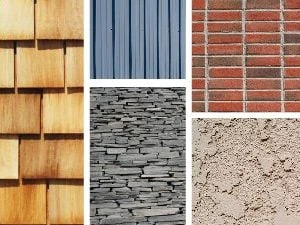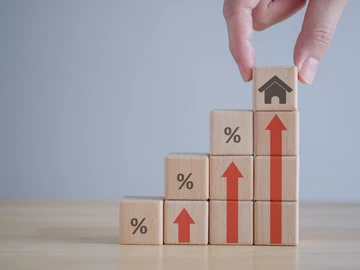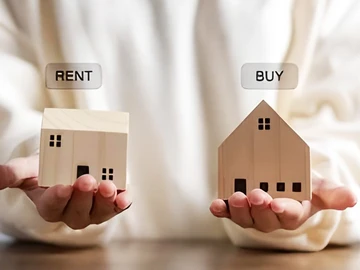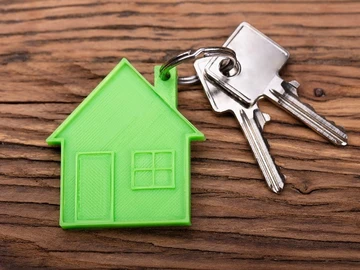Texture is often overlooked in home decor, with more attention given to color and pattern. However, texture has a crucial role in adding depth, visual interest, and even a sense of touch to a space. By combining different materials and textures, you can create an environment that is visually stunning and captivating, inviting people to explore and engage with it.
The Importance of Texture
Texture has a significant impact on our senses, influencing how we perceive and interact with our surroundings. Various textures can evoke different emotions and moods, ranging from the cosy and warm feeling of soft fabrics to the sleek and cool sensation of metal surfaces. By incorporating a variety of textures into your home decor, you can create a multi-sensory experience that enhances your everyday life.
Combining Textures
Mixing different textures can be a daunting task, but with a few simple guidelines, you can achieve a harmonious and visually appealing blend. Here are some tips to get you started:
1. Start with a neutral base: Begin with a neutral-colored wall or floor to provide a clean canvas for your texture experimentation.
2. Combine opposites: Pair smooth surfaces like glass or metal with rougher textures like wood or stone to create contrast and visual interest.
3. Play with patterns: Mix different patterns and textures, like a striped rug with a floral armchair, to add depth and visual excitement.
4. Add tactile elements: Incorporate textiles like throw blankets, pillows, and rugs in various textures to invite touch and exploration.
5. Experiment with scale: Combine large, bold textures with smaller, more delicate ones to create a sense of balance and harmony.
Texture Inspiration
Need some inspiration to get started? Making use of contrasting materials! Intriguing textures are not only visually appealing, but they also work well to create equilibrium when contrasted. Do the colors in your palette have a lot of similarities? If so, you can break up the consistency by giving any fabric in the space a different texture.
Using contrasting materials shows that there are other ways to create distinction besides color and pattern, even if your decor has several colors. Keep in mind to consider more than just the obvious fabric-covered pieces, like couches and armchairs, and do not forget about curtains, blinds, and lampshades. These textural differences can also alter with the seasons. For instance, the cushions on a linen sofa might change from cotton and silk to velvet in the summer.
Here are a few examples of texture combinations that work beautifully together:
- Wood and metal: Pair a reclaimed wood coffee table with a metal side table or a wooden headboard with metal accents.
- Stone and glass: Combine a stone fireplace with glass vases or a glass-topped coffee table with a stone base.
- Fabric and leather: Mix a plush area rug with a leather sofa or a fabric armchair with a leather ottoman.
Arrange your home with textured decorations. Mirrors, sculptures, vases, and ornaments are all excellent choices for experimenting with texture. To truly make an impression, you could deliberately arrange objects in an arrangement with contrasting textures.
Texture has the power to elevate your home decor from ordinary to extraordinary. By combining different materials and textures, you can create a visually interesting and engaging space that invites exploration and touch. Remember to experiment with different combinations, play with patterns and scale, and don't be afraid to add tactile elements to create a truly multisensory experience. Happy decorating!
 Continue with Facebook
Continue with Facebook
 Continue with Email
Continue with Email














